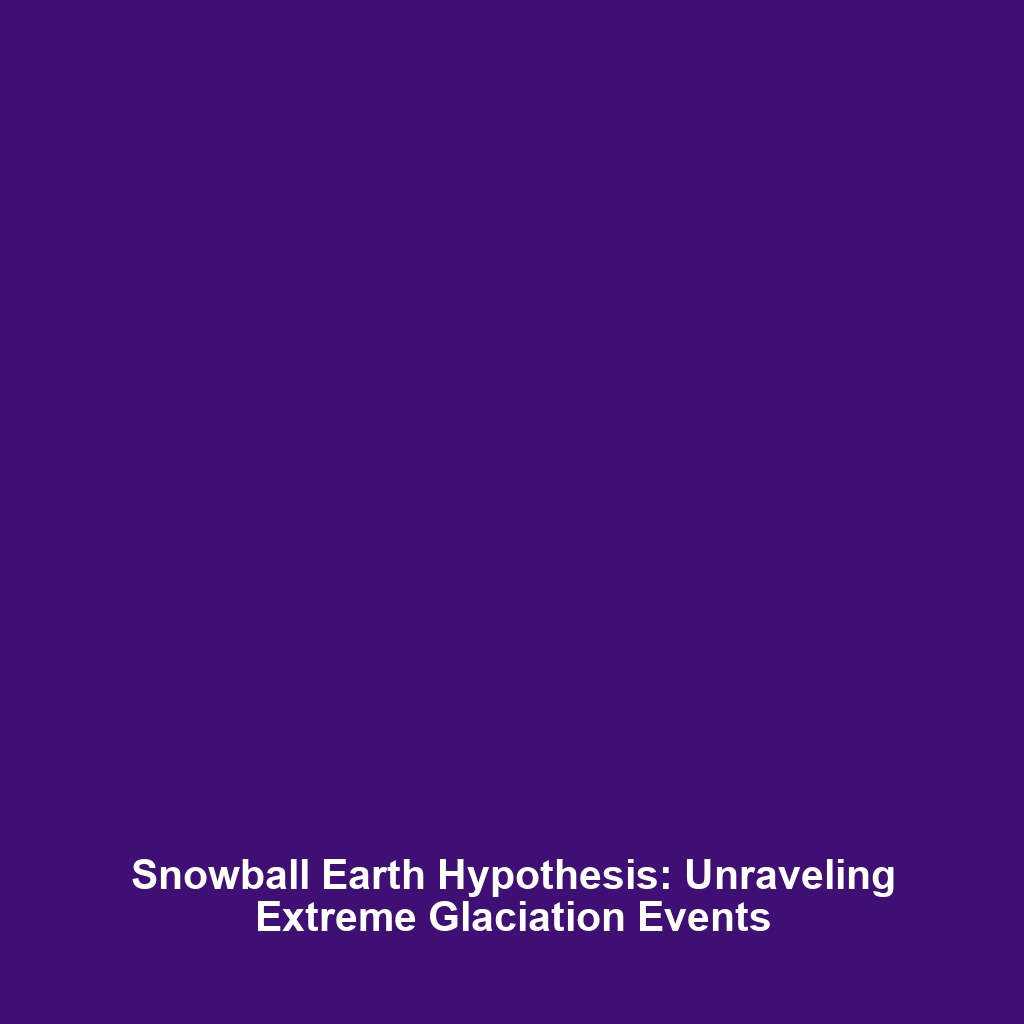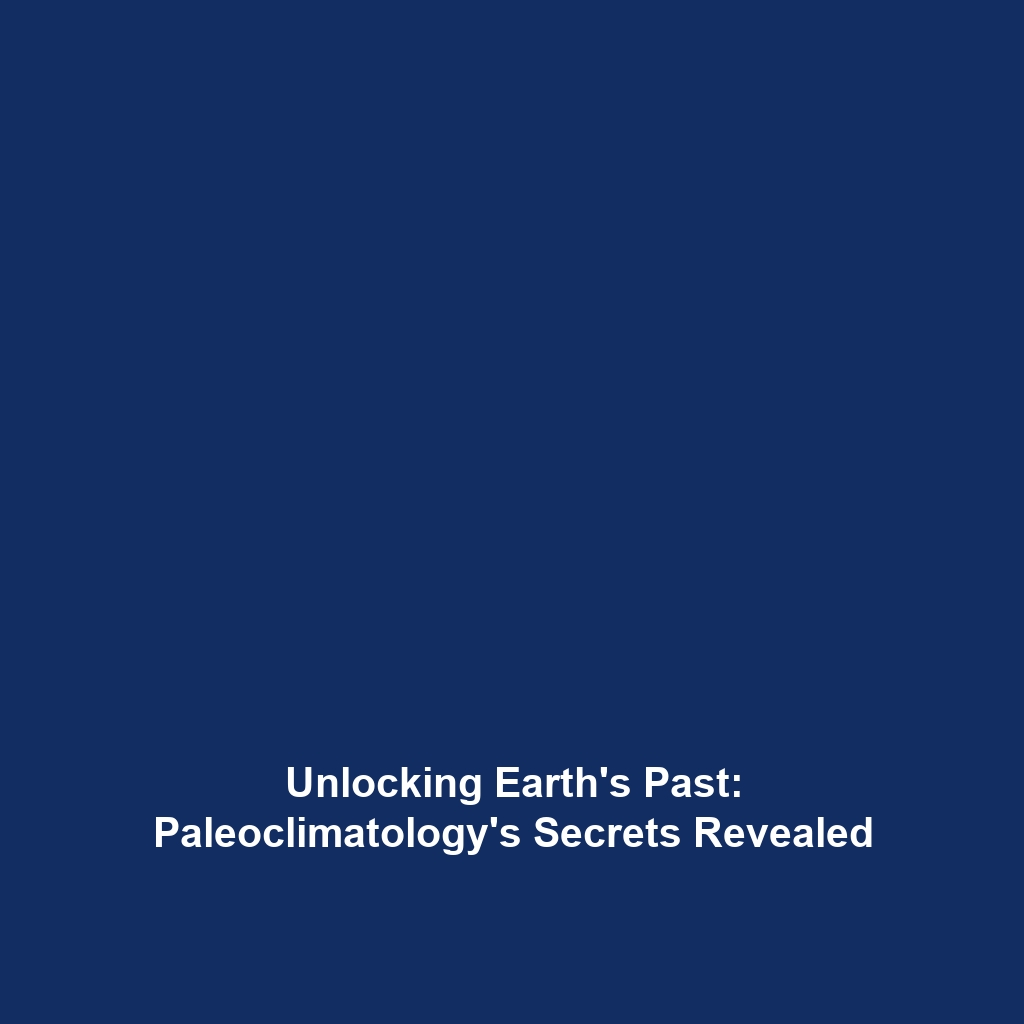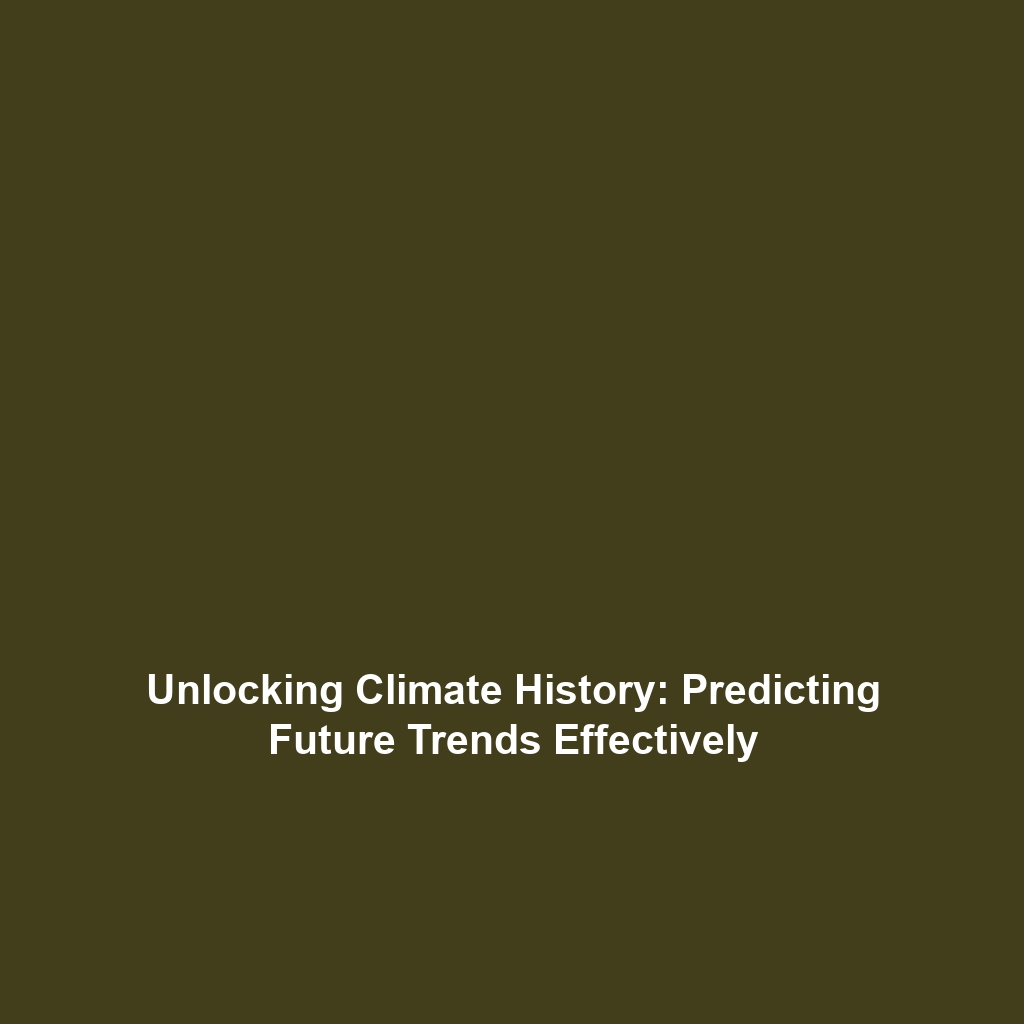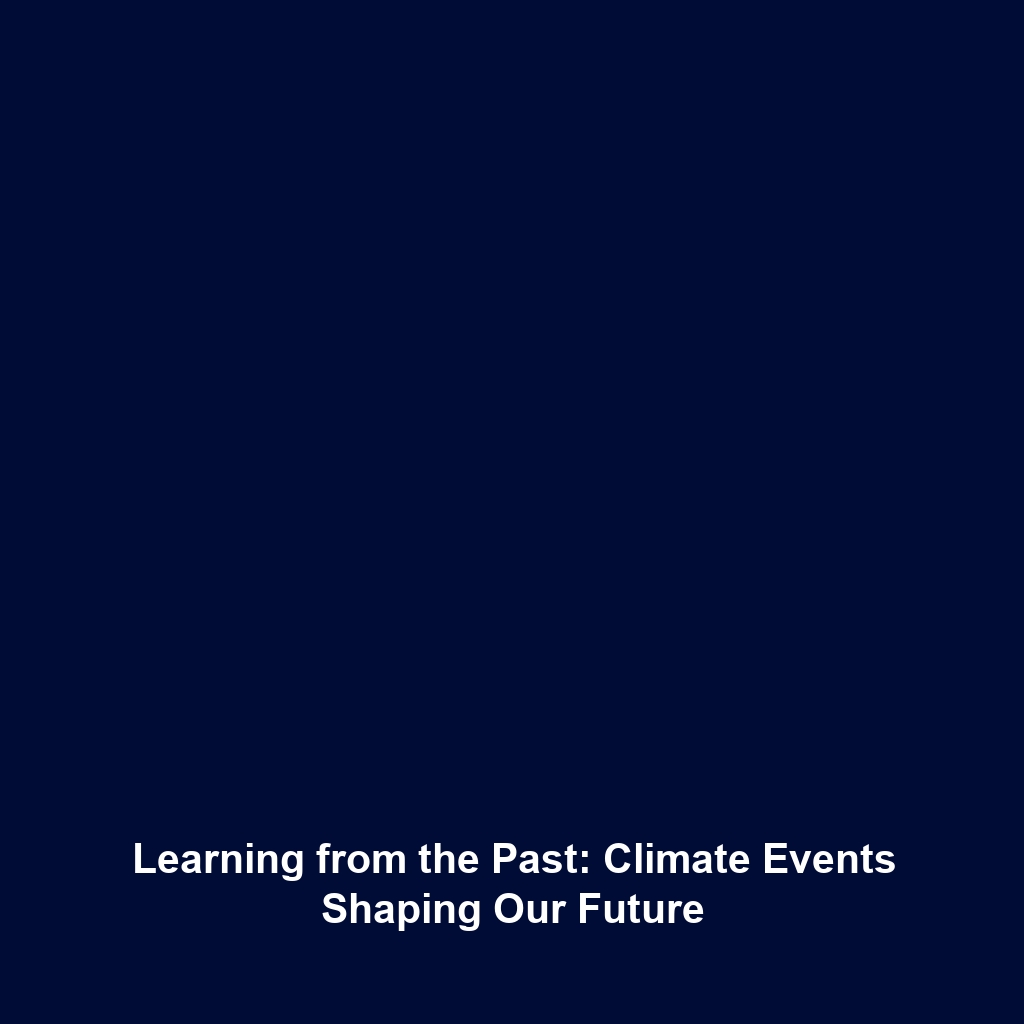<>
Similarities between the PETM and Modern Climate Change
Introduction
The Paleocene-Eocene Thermal Maximum (PETM) represents one of the most significant climatic events in Earth’s history, occurring around 55 million years ago. This period is characterized by a sharp increase in global temperatures and atmospheric CO2 levels, mirroring the ongoing modern climate change crisis driven by human activities. Understanding the similarities between the PETM and modern climate change, particularly in terms of CO2 increases, provides crucial insights within the broader context of Climate History. The lessons learned from this ancient event can inform our predictions for the future and guide effective climate action.
Key Concepts
To comprehend the similarities between the PETM and modern climate change, several key concepts and principles must be explored:
- Atmospheric CO2 Levels: During the PETM, CO2 concentrations rose dramatically, leading to significant warming. Modern industrial activities have similarly caused a rise in atmospheric CO2, with levels exceeding 400 ppm.
- Temperature Increases: The PETM saw global temperature rises of about 5 to 8°C over a relatively short geological time frame, akin to predictions for the current century if emissions continue unchecked.
- Ecological Impacts: Both the PETM and current climate change are linked with disruptions in ecosystems, species migrations, and extinctions, significantly altering biodiversity.
- Ocean Acidification: Increased CO2 levels led to ocean acidification during the PETM, affecting marine life, a phenomenon that is also observed today.
Applications and Real-World Uses
The study of the similarities between the PETM and modern climate change has several significant real-world applications:
- Climate Modeling: Insights from the PETM are used to enhance climate models, improving accuracy in forecasting future climate scenarios.
- Policy Development: Understanding past climate responses aids policymakers in creating effective mitigation and adaptation strategies to tackle modern climate challenges.
- Public Awareness: Teaching about the PETM helps raise public awareness about the urgent need for climate action, linking historical events to present-day issues.
Current Challenges
Despite the importance of this research, there are challenges in studying the similarities between the PETM and modern climate change:
- Data Limitations: Fossil records and geochemical proxies can be incomplete or ambiguous, making it difficult to draw definitive conclusions.
- Temporal Resolution: The rapidity of modern climate change contrasts with the gradual changes seen in geological records, complicating direct comparisons.
- Political and Social Barriers: There is resistance to accepting the implications of climate science, hindering effective policy responses.
Future Research and Innovations
Future research on the similarities between the PETM and modern climate change is expected to yield important innovations:
- Advanced Climate Models: Development of next-generation climate models incorporating complex feedback mechanisms observed during the PETM.
- Innovative Mitigation Strategies: Research may lead to new methods for carbon capture and storage, inspired by natural processes from the PETM.
- Collaboration Across Disciplines: Interdisciplinary studies combining geology, atmospheric science, and ecology to provide a comprehensive understanding of climate dynamics.
Conclusion
In summary, the similarities between the PETM and modern climate change, particularly concerning CO2 increases, underscore the critical relevance of Climate History in informing our current and future responses to climate change. By examining the past, we can better prepare for the challenges ahead. It is imperative to act decisively to mitigate our impact before it becomes irreversible. For more information on climate change and historical events influencing our planet, visit our other articles on Climate Science and Environmental History.



